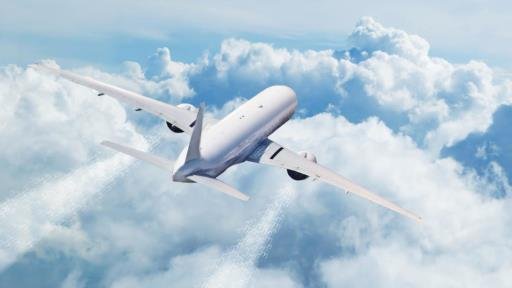Flying High: The Surprising Role of Liquid Nitrogen in Modern Aviation

In aviation, innovation constantly propels the industry forward. Amidst the sleek designs and powerful engines, one might be surprised to learn about the unconventional role that liquid nitrogen plays in modern aircraft. While it may seem more suited to laboratories or industrial applications, this cryogenic fluid has found its niche in aviation, contributing to safety, efficiency, and passenger comfort. So, explore the surprising ways in which this fluid is utilised in the skies.
Cooling Systems: Enhancing Engine Performance
Aircraft engines are marvels of engineering, capable of producing immense power to propel aircraft through the skies. However, with great power comes great heat generation. To prevent engines from overheating and maintain optimal performance, sophisticated cooling systems are essential. This cryogenic fluid is pivotal in these systems, serving as a highly effective coolant. By circulating it through intricate pathways within the engine, excess heat is rapidly dissipated, ensuring that engines operate within safe temperature ranges. This innovative cooling solution enhances engine efficiency and prolongs its lifespan, contributing to overall reliability.
Inerting Systems: Safeguarding Against Fire Hazards
Safety is paramount in aviation, and measures to mitigate the fire risk are of utmost importance. Inerting systems, designed to reduce the oxygen concentration in fuel tanks and cargo holds, are a crucial aspect of safety protocols. Liquid nitrogen is integral to these systems, as it effectively displaces oxygen with inert nitrogen gas. Lowering the oxygen levels in vulnerable areas, such as fuel tanks, significantly reduces the likelihood of combustion. This proactive approach enhances the overall fire safety of aircraft, providing peace of mind to passengers and crew alike.
Cabin Pressurisation: Ensuring Passenger Comfort
For passengers embarking on long-haul flights, cabin comfort is a priority. Proper pressurisation is essential to maintaining a breathable atmosphere at high altitudes, where air density is significantly reduced. This cryogenic fluid plays a vital role in this process by generating nitrogen-enriched air used for cabin pressurisation. By carefully regulating pressure levels, airlines ensure a comfortable and safe environment for travellers, minimising the effects of altitude on the human body. This innovative use of this fluid enhances the passenger experience, making long flights more bearable and enjoyable.
Material Manufacturing: Strengthening Aircraft Structures
Modern aircraft are increasingly constructed using lightweight composite materials, offering numerous benefits, including improved fuel efficiency and durability. Liquified nitrogen plays a crucial role in the manufacturing of these composite structures, particularly during curing processes. Subjecting composite materials to cryogenic temperatures enhances their mechanical properties, resulting in stronger and more resilient components. This innovative fluid use strengthens aircraft structures and contributes to the evolution of aircraft design and performance.
Hydraulic Systems: Optimising Aircraft Control
Hydraulic systems are vital for controlling various aircraft functions, from landing gear deployment to flight control surfaces. This cryogenic fluid finds application in these systems as a hydraulic fluid, offering advantages such as low viscosity and high thermal stability. By utilising nitrogen in place of traditional hydraulic fluids, aircraft manufacturers achieve lighter and more efficient hydraulic systems. This optimisation improves aircraft performance and reliability while reducing maintenance requirements and operating costs. The fluid’s role in hydraulic systems underscores its versatility and effectiveness in enhancing overall aircraft operation.
Conclusion
In aviation, liquid nitrogen emerges as a surprisingly versatile asset, contributing to safety, efficiency, and passenger comfort in various ways. From enhancing engine performance to safeguarding against fire hazards and optimising aircraft control systems, its diverse applications underscore the innovative spirit driving progress in the industry. As the aircraft industry continues to push the boundaries of what is possible, this cryogenic fluid stands as a testament to modern aviation’s ingenuity and resourcefulness.
